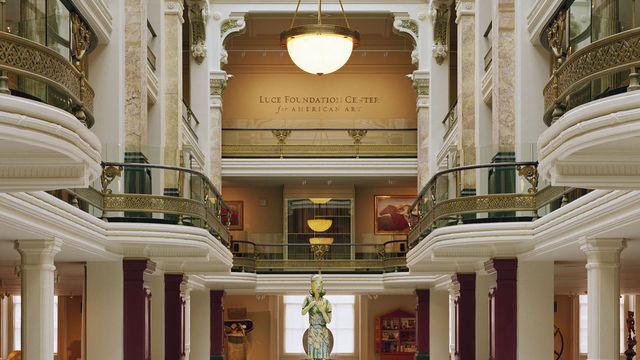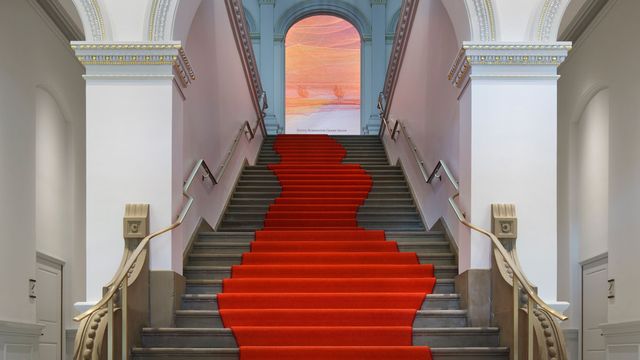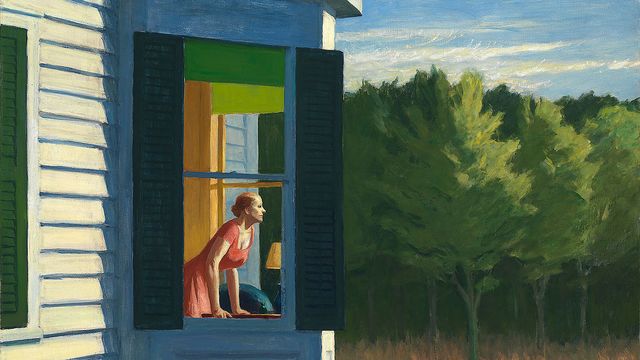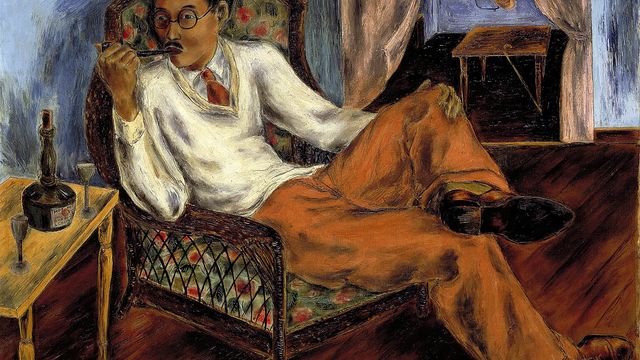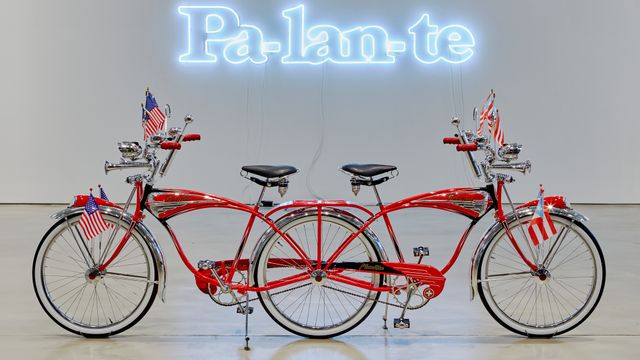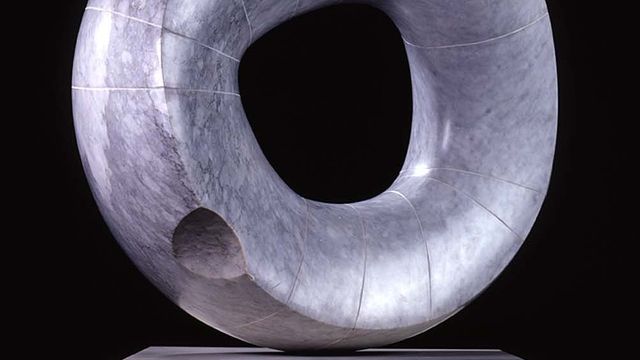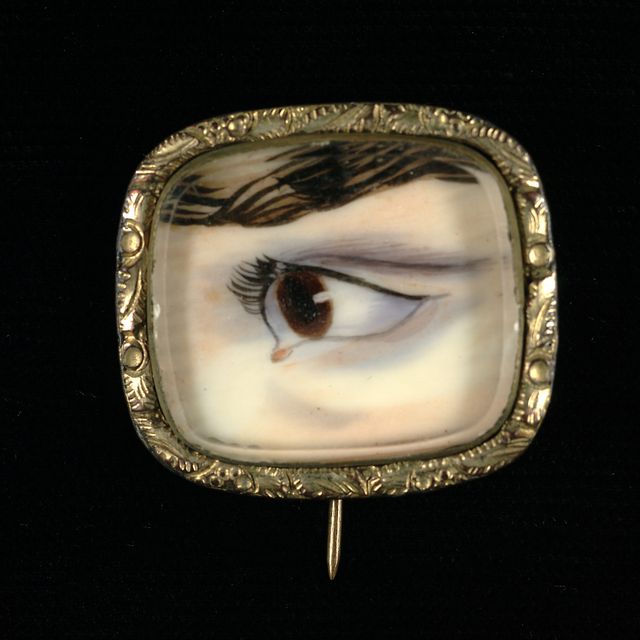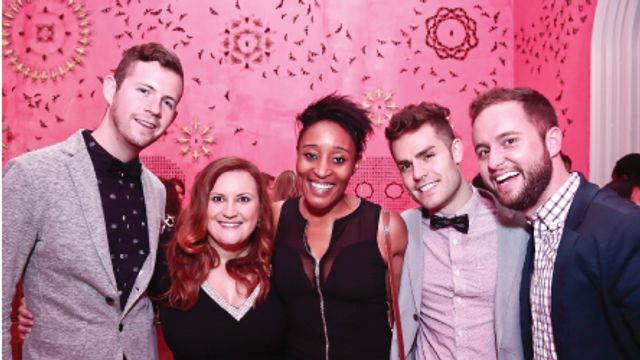Artwork Details
- Title
- Achelous and Hercules
- Artist
- Date
- 1947
- Location
- Not on view
- Dimensions
- 62 7⁄8 x 264 1⁄8 in. (159.6 x 671.0 cm.)
- Credit Line
- Gift of Allied Stores Corporation, and museum purchase through the Smithsonian Institution Collections Acquisition Program
- Mediums Description
- tempera and oil on canvas mounted on plywood
- Classifications
- Highlights
- Subjects
- Figure group
- Mythology — classical — Hercules
- Mythology — classical — Achelous
- Animal — cattle
- Landscape — river
- Object Number
- 1985.2
Artwork Description
Benton's mythic scene also touched on the most compelling events of the late 1940s. America's agricultural treasure was airlifted to Europe through the Marshall Plan as part of Truman's strategy to rebuild Europe and contain communism. Benton may have been thinking of his fellow Missourian's legendary stubbornness when he described Hercules as "tough and strong" with "a reputation for doing what he thought was right."
Exhibition Label, Smithsonian American Art Museum, 2006
Intense colors and writhing forms evoke the contest of muscle and will between Hercules and Achelous, the Greek god who ruled the rivers. In flood season, Achelous took on the form of an angry bull, tearing new channels through the earth with his horns. Hercules defeated him by tearing off one horn, which became nature's cornucopia, or horn of plenty. Thomas Hart Benton saw the legend as a parable of his beloved Midwest. The Army Corps of Engineers had begun efforts to control the Missouri River — and Benton imagined a future when the waterway was tamed and the earth swelled with robust harvests.
Smithsonian American Art Museum: Commemorative Guide. Nashville, TN: Beckon Books, 2015.

